
Experience the ultimate in precision-crafted production fishing rods with Samurai. No expense is spared in the pursuit of the ultimate power, feel , and balance. Samurai has one focus in mind: to create the undisputed best fishing rods on the market. With meticulous attention to detail, Samurai has created a range of rods that surpass all expectations, combining the lightest blanks with the highest quality components money can buy.
These rods are built to excel in Australian conditions, by Australians who understand the unique challenges of the local fishing landscape. When it comes to technology, components, and design, Samurai rods are unrivalled.
Each series and rod in each series is designed and individually crafted to deliver the best feel and balance money can buy. Once we have scoured the world and assembled the best components we can find, we then put it all together.
Each Samurai rod features top-of-the-line Fuji components throughout. Fuji is renowned as the benchmark in rod building materials, constantly pushing the boundaries of innovation to make fishing easier and more enjoyable. By incorporating Fuji components, Samurai ensures that every rod in their range meets the highest standards of quality and performance.
Samurai rods are the epitome of excellence in the fishing industry, designed to elevate your fishing experience to new heights. Discover the difference that Samurai’s commitment to quality and innovation can make on your next fishing adventure.
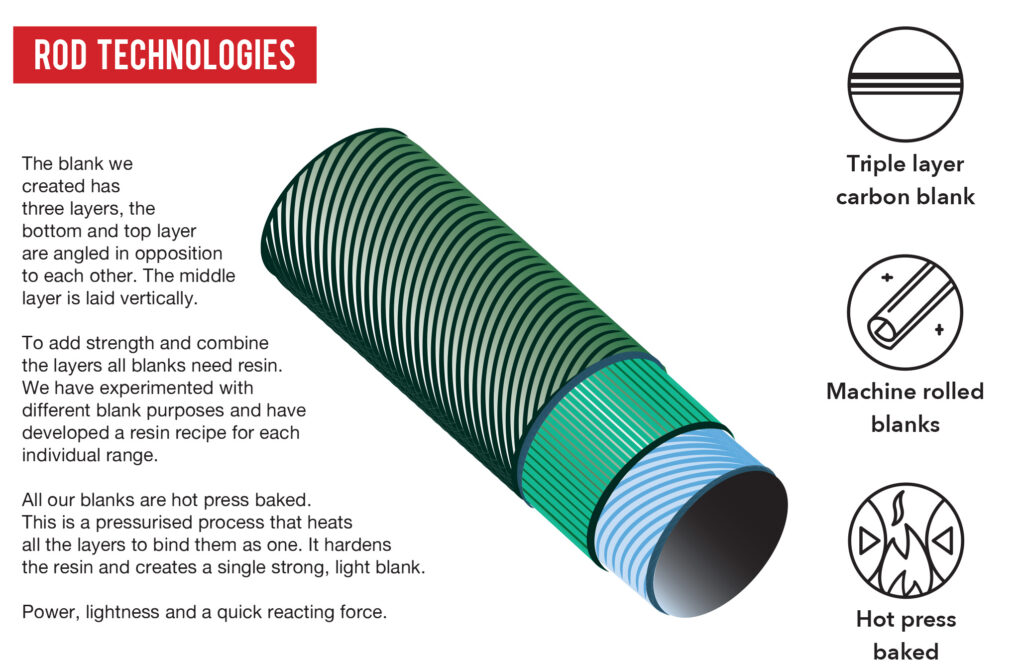
111 results
-

Cruisers
-

Elevate
-

Egi
-
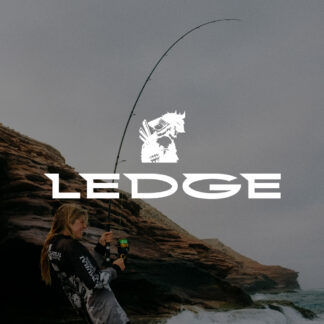
Ledge
-
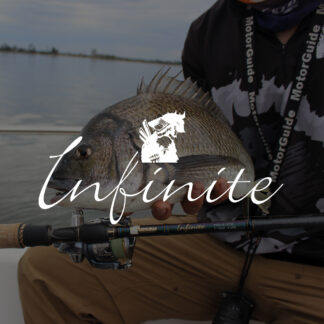
Infinite
-
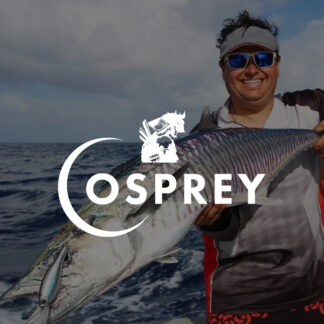
Osprey
-
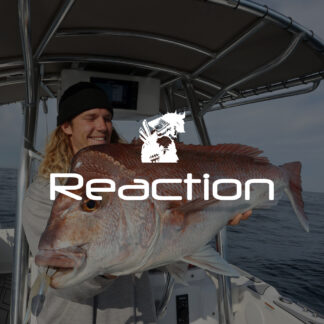
Reaction
-
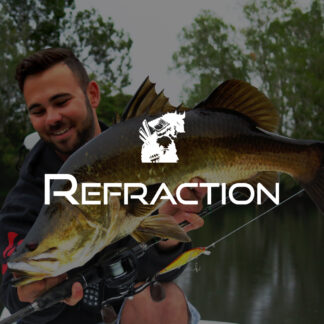
Refraction
-

RunOff
-

X-Tracta Casting
-
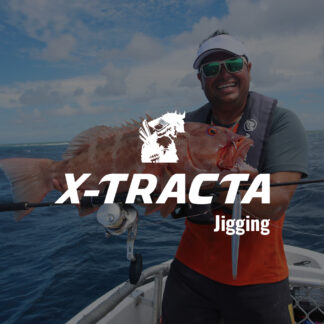
X-Tracta Jigging
-
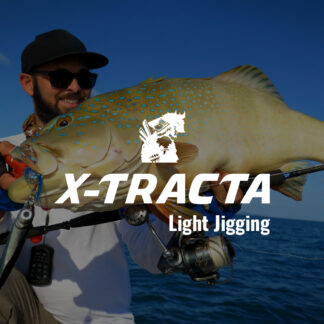
X-Tracta Light Jigging
-

X-Tracta Offshore
-
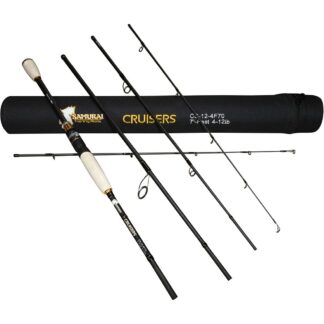
Samurai Cruisers 7′, 4pc, Spin, Fast, 4-12lb
$529.00 Inc. GST Read more -

Samurai Cruisers 5’9′, 3pc, Spin, Fast, 10-16lb
$499.00 Inc. GST Read more -

Samurai Cruisers 7′, 4pc, Spin, Fast, 10-20lb
$529.00 Inc. GST Read more -

Samurai Cruisers 5’9′, 3pc, Spin, Fast, 16-25lb
$499.00 Inc. GST Read more -

Samurai Cruisers 7′, 4pc, Spin, Fast, 20-35lb
$559.00 Inc. GSTAdd to cart -

Samurai Cruisers 7′, 4pc, Spin, Fast, 2-4lb
$499.00 Inc. GST Read more -

Samurai Cruisers 7′, 4pc, Spin, Fast, 2-6lb
$499.00 Inc. GST Read more -

Samurai Cruisers 7′, 4pc, Spin, Fast, 3-8lb
$499.00 Inc. GST Read more -

Samurai Cruisers 5’9′, 3pc, Bait, Fast, 10-16lb
$499.00 Inc. GSTAdd to cart -

Samurai Cruisers 5’9′, 3pc, Bait, Fast, 16-25lb
$499.00 Inc. GST Read more -

Samurai Cruisers 5’9′, 3pc, Bait, Fast, 20-35lb
$0.00 Inc. GST Read more -
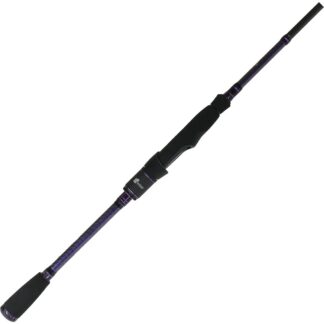
Samurai Egi 7’6, 2 pc, M/T, 1.5-3.0
$769.00 Inc. GST Read more -

Samurai Egi 7’6, 2 pc, M/T, 2.5-4.0
$769.00 Inc. GST Read more -

Samurai Egi 7’6, 2 pc, M/T, 2.0-3.5
$769.00 Inc. GSTAdd to cart -
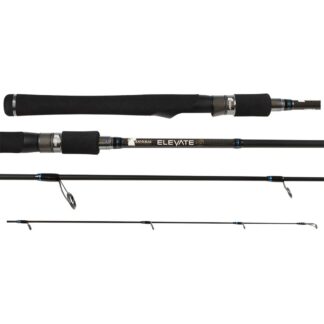
Samurai Elevate, 7′, 1pc, Spinning, Fast, 6 – 12lb
$349.00 Inc. GSTAdd to cart -

Samurai Elevate, 7′, 1pc, Spinning, Fast, 8 – 16lb
$349.00 Inc. GSTAdd to cart -
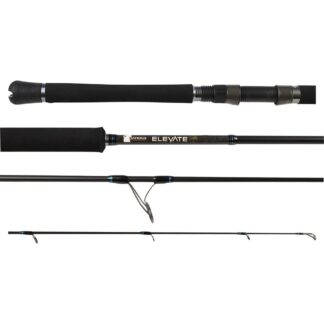
Samurai Elevate, 7′, 1pc, Spinning, Fast, 10 – 20l
$369.00 Inc. GSTAdd to cart -

Samurai Elevate, 7′, 1pc, Spinning, Fast, 16 – 25l
$369.00 Inc. GSTAdd to cart
111 results
